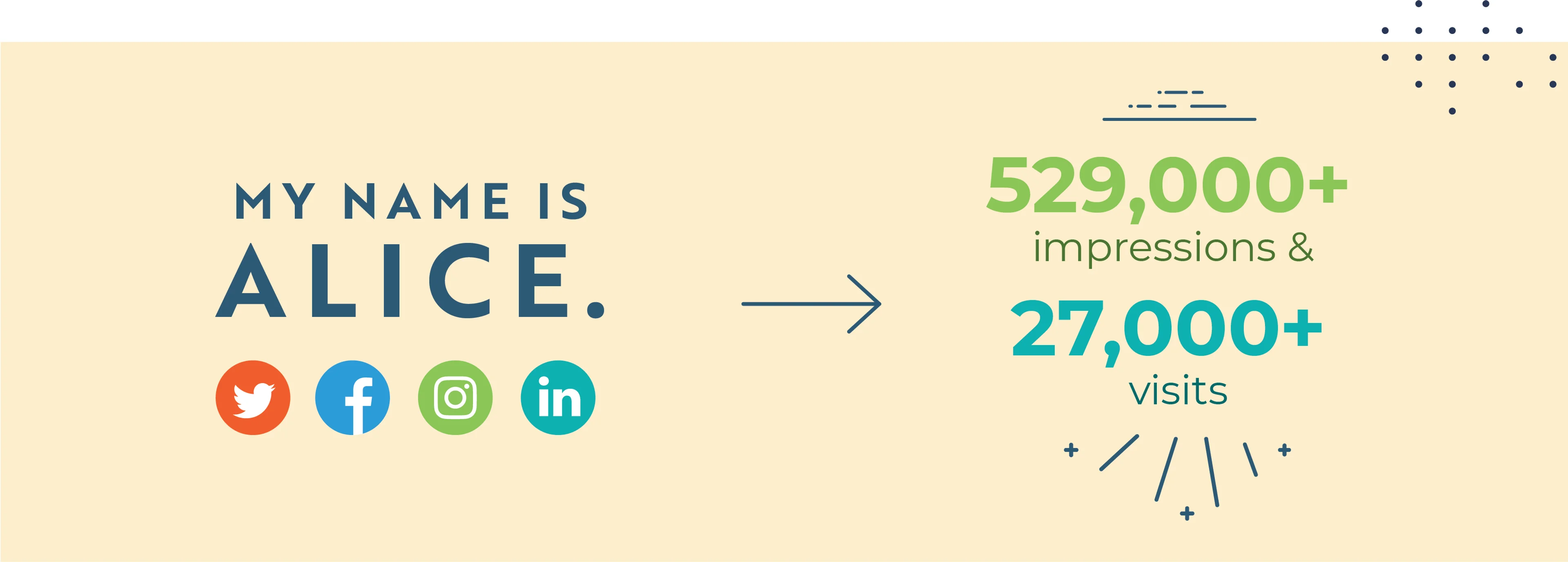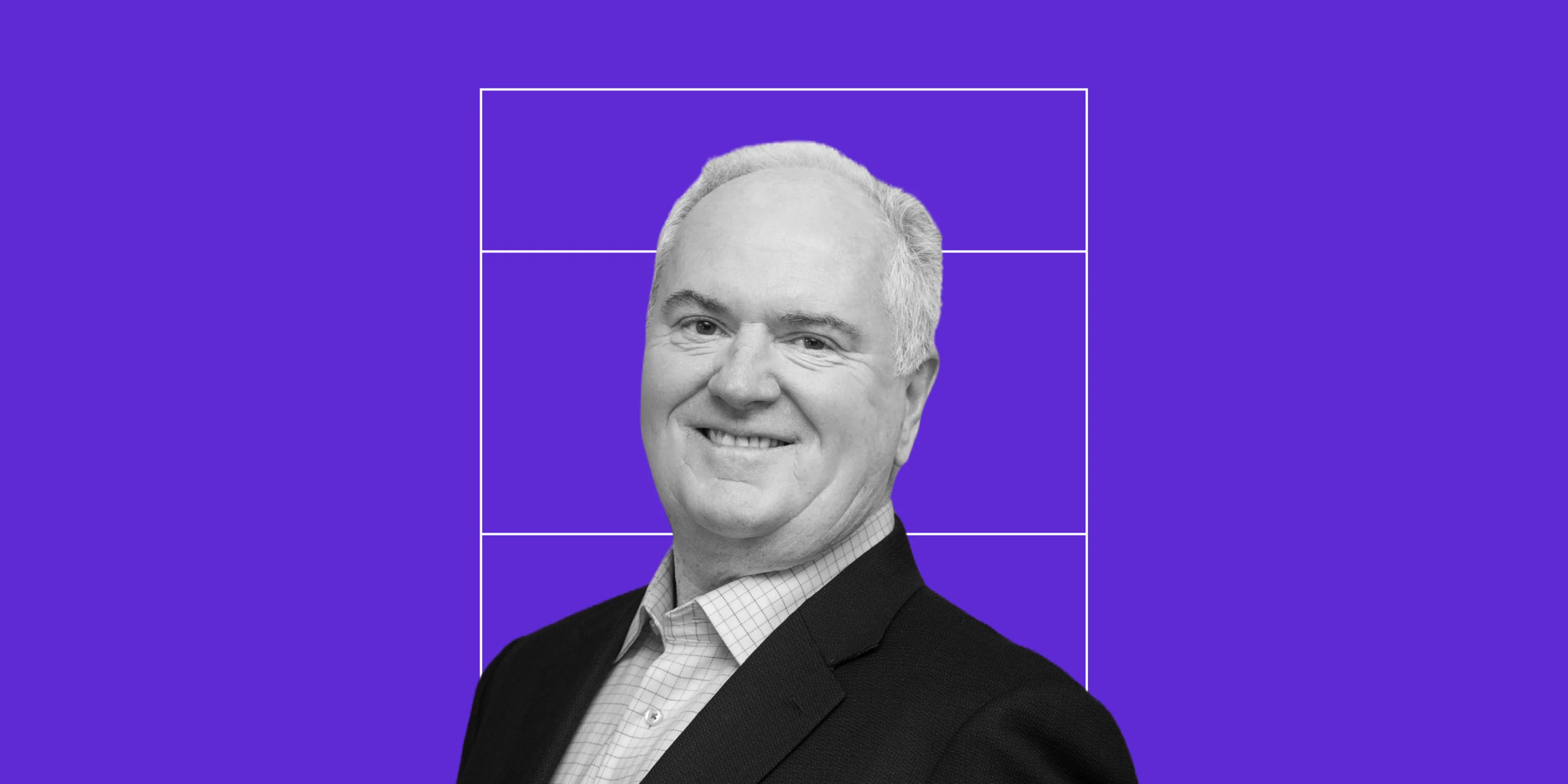How a YouTube star with an Enormous Network Leveraged it for the Good of the Environment

Social media can seem like a vast, scary sea. There’s plenty to consume, and it can become incredibly overwhelming to wade through in search of a place to simply catch your breath. Despite how frightening it can be, it also doubles as a reliable and, when done right, significant mode of transportation. #TeamTrees, a social media campaign that caught our attention, proved that effective communication on these online platforms can be arguably just as, or more, effective than traditional strategies to produce faster, more impactful results.
It Started as a Joke
Jimmy “MrBeast” Donaldson is a 21-year-old YouTuber and philanthropist best known for using his well-to-do income to finance attention-grabbing social media stunts - such as a video where he spent close to $10,000 on a 2,256 mile Uber trip. Despite the exorbitance of many of his videos, he is also well-known for donating immense amounts to various charities and organizations.
When Donaldson was closing in on the milestone of 20 million YouTube subscribers, several users across social media platforms including Reddit and Twitter suggested he respond in a way that only he could—planting 20 million trees. It started as a joke but when he shared posts on Twitter regarding his 20 million trees proposition, he was met with positive reinforcement not only from fans, but from other notable creators, too. The proverbial sapling was planted, and this marked the beginning of #TeamTrees.
With the basic premise of $1 donated = 1 tree planted, the fundraiser launched with a goal of raising $20 million and, thereby, planting 20 million trees by the close of 2019.

Getting the Word Out and Selling Status.
Despite having a direct line to millions of smartphones, Donaldson grew the reach of his message exponentially when he enlisted the aid of dozens of other content creators. By speaking vicariously through creators who had already gained buy-in from their own followings, the #TeamTrees message was being filtered and tailored to resonate within multiple specific audiences. But it wasn’t enough to just get the word out, #TeamTrees then gave people a community to belong to and a story to tell.
Here's how they did it:
Twitter posts and news articles were shared live on the homepage, of which, generated an opportunity for people to be included in a community with a shared objective.
The live feed of the most recent donations created social proof with a tiered system of badges that offer recognition for donations large and small.
The “Most Trees Planted” feed gave millionaires an opportunity to buy status and spread high-level awareness. Donaldson’s initial $100,000 donation proclaimed a challenge, “I dare you to take this space from me.” This began a thread of wealthy philanthropists taking the bait and playing along with the implied, “who can donate the most trees” game. Notable and humorous contenders are seen in the form of Twitter co-founder Jack Dorsey, donating twice to the sum of $350,000 because his initial $100,000 just wasn’t enough. Elon Musk contributed $1,000,000 because it “sound[ed] cool” on Twitter. This spurred Shopify CEO Tobi Lutke to donate $1,000,001 to overtake Musk and claim the top spot, and even Marc Benioff, the owner of TIME Magazine, cited the SpaceX founder as the inspiration behind his $900,000 donation. At the core of it all, they used social media and people’s natural, playful competitiveness to build a movement of altruism and raise millions of dollars “for the Lorax.”

At the Core, People Influence People
In marveling at the success of Donaldson’s efforts, we were reminded of a social media campaign Pennebaker executed for United Way of Greater Houston that had incredible local impact.
United Way had a program that centered around the need to be heard. They had statistics that affected the surrounding counties of Greater Houston and insights that would arm these communities and constituents with information that doubled as a cause for change and understanding. Simply put, United Way needed to create awareness about ALICE (Asset Limited, Income Constrained, Employed) which represents the growing number of individuals and families who are working, but are unable to afford the basic necessities of housing, food, child care, health care and transportation.
After developing the messaging and art for the campaign and through delicate targeting and campaign-specific advertising, we decided to use social media as the driver. It blew up online. Strong engagement beyond clicks and views involved people sharing their stories, asking for help, utilizing the 211 Texas/United Way HELPLINE and more. Overall, by engaging Twitter, Facebook, Instagram and LinkedIn, the campaign amassed more than 529K impressions and 27K visits to the ALICE website over just a six-week period.

Re-Thinking Social Media and its Impact
In the same way that the web is transitioning to mobile, so too are audience communications moving to social platforms. We know diving into yet another medium can seem overwhelming, but, as users are increasingly able to craft their online experiences, it’s important to be specific about who we are trying to reach - and where they are. Shouting at the masses is a good way to end up unintentionally ignored and lends to the negative, wasteful connotation social media sometimes receives. Targeted campaigns like #TeamTrees or United Way’s ALICE remind us that social media is what you make of it. By focusing on serving and rallying the people who are most interested in what we have to say, we can begin to cultivate a passionate audience like the one who backed Donaldson’s charge to a greener future.
— Alyssa and Nate


